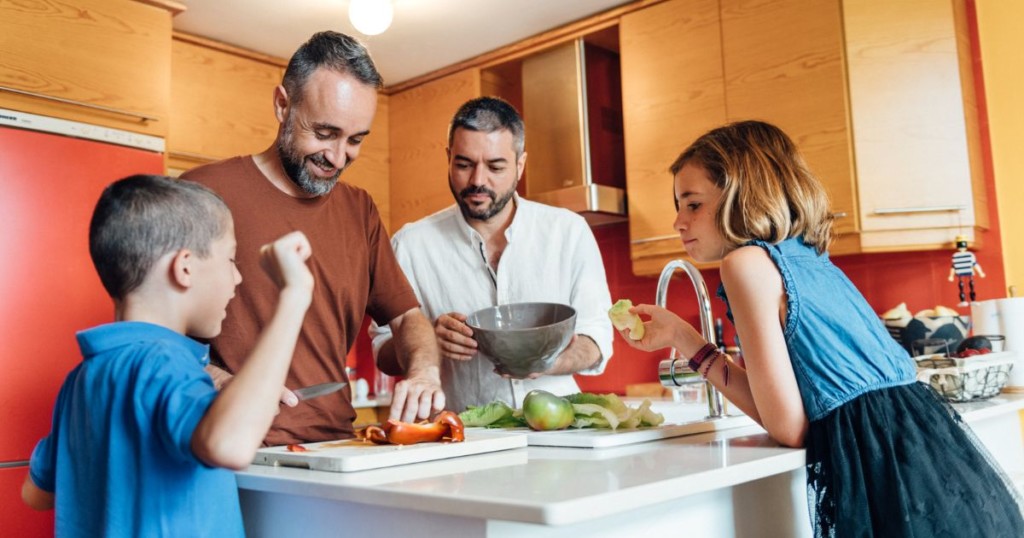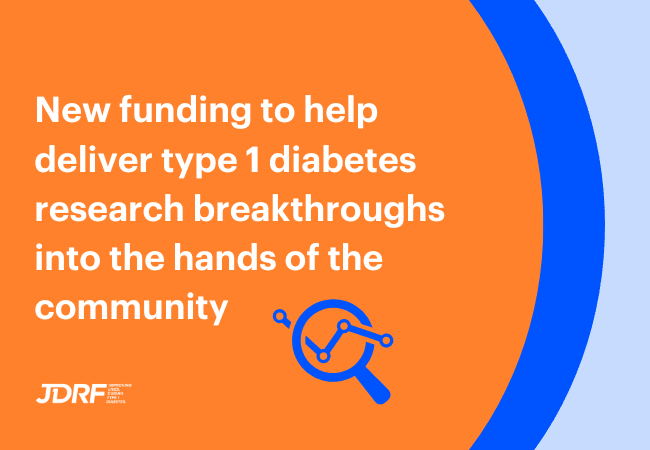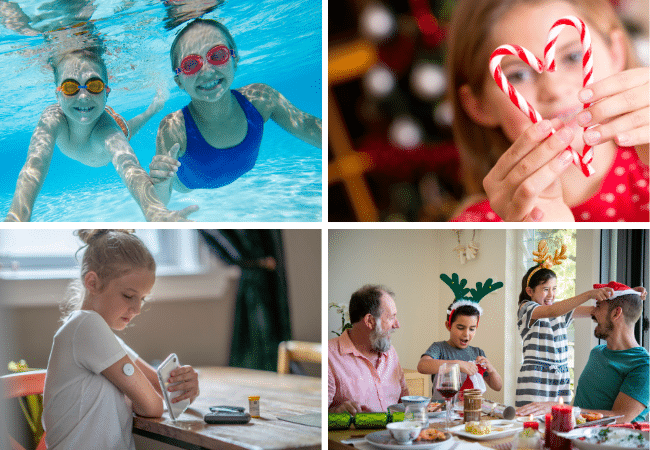Sharing food decisions with your child who lives with T1D

As your child gets older and becomes more independent, it’s completely normal for them to want to be able to make more and more choices in life, whether that be what they wear, the music they listen to, or the foods they eat. And that’s the same for every child, no matter their type 1 diabetes status!
But there’s no doubt that food is a big part of managing type 1 diabetes (T1D), and your child will go through a big learning curve as they discover how what they eat affects their body.
It’s important to remember that children living with T1D have every opportunity to enjoy a wide range of foods, just like their siblings and friends. Don’t let T1D stand in the way of your child experiencing the fun of eating! It’s not just what we put in our tummies, but it’s what we share with our friends and loved ones in fun social settings too. It will just take good management and planning to do it all while working on keeping blood glucose levels (BGLs) in range.
How to help your child living with T1D make their own food choices
Here are some tips to help you and your child find the right balance so they can start making their own food decisions.
It’s not just about the food
Remember that what we eat is more than just fuel for our bodies, as rituals around food form part of our social world. Whether it’s a sandwich at school with friends, a Sunday roast with the family or a much-anticipated birthday cake at a party, food is not just important for our bodies but our minds too. Don’t be so focused on T1D that you forget that.
Experimenting is a good thing
It can be tempting to avoid having your child try new foods because you don’t know how they might affect their BGLs. But be brave and encourage your child to try new things! Their BGLs might not be perfect the first time, but it’s a learning experience for you all (and perfection is never the goal anyway – no matter how long someone has been living with T1D, they will never be able to keep their levels ‘perfect’ 100% of the time).
There are no ‘good’ and ‘bad’ T1D foods
Your child’s relationship with food is important. Seeing foods as ‘good’ or ‘bad’, restricting treats or limiting certain food groups can all have the potential to lead to an unhealthy relationship with what they eat. This can lead to disordered patterns of eating, and can seriously and negatively impact mood and mental health. To avoid this, try to encourage varied eating and make mealtimes a positive experience. These are essential skills for life, no matter your T1D status!
Involve them in their choices
Get your child to help pack their school lunchbox. During this task they can learn more about balanced, healthy eating and can participate in their food choices – for example, do they want an apple or a banana? Crackers and cheese or a homemade muffin?
Treat your child like everyone else
When it comes to food and mealtimes, don’t treat your T1D child any differently to the rest of the family (unless, of course, there are allergies or intolerances). By all eating the same foods with the same balanced diet philosophy, you’re role modelling what a healthy relationship with food looks like
Think ahead with some hacks
Have some hacks up your sleeve to make life easier at times: diet cordial, sugar-free sweets and lower-carb baking options can all come in handy, and will help your child feel like they’re not missing out.
Assess and adjust when needed
Growing up means new food choices, but often variations in eating times too. This is essential and completely normal for every kid! Your growing child might be sleeping in, staying up later, and eating dinner later to fit in afterschool activities. Constantly assessing and adjusting T1D management is the only way to accommodate these changes. As always, speak to your diabetes healthcare team if you need some guidance.
Read more:




